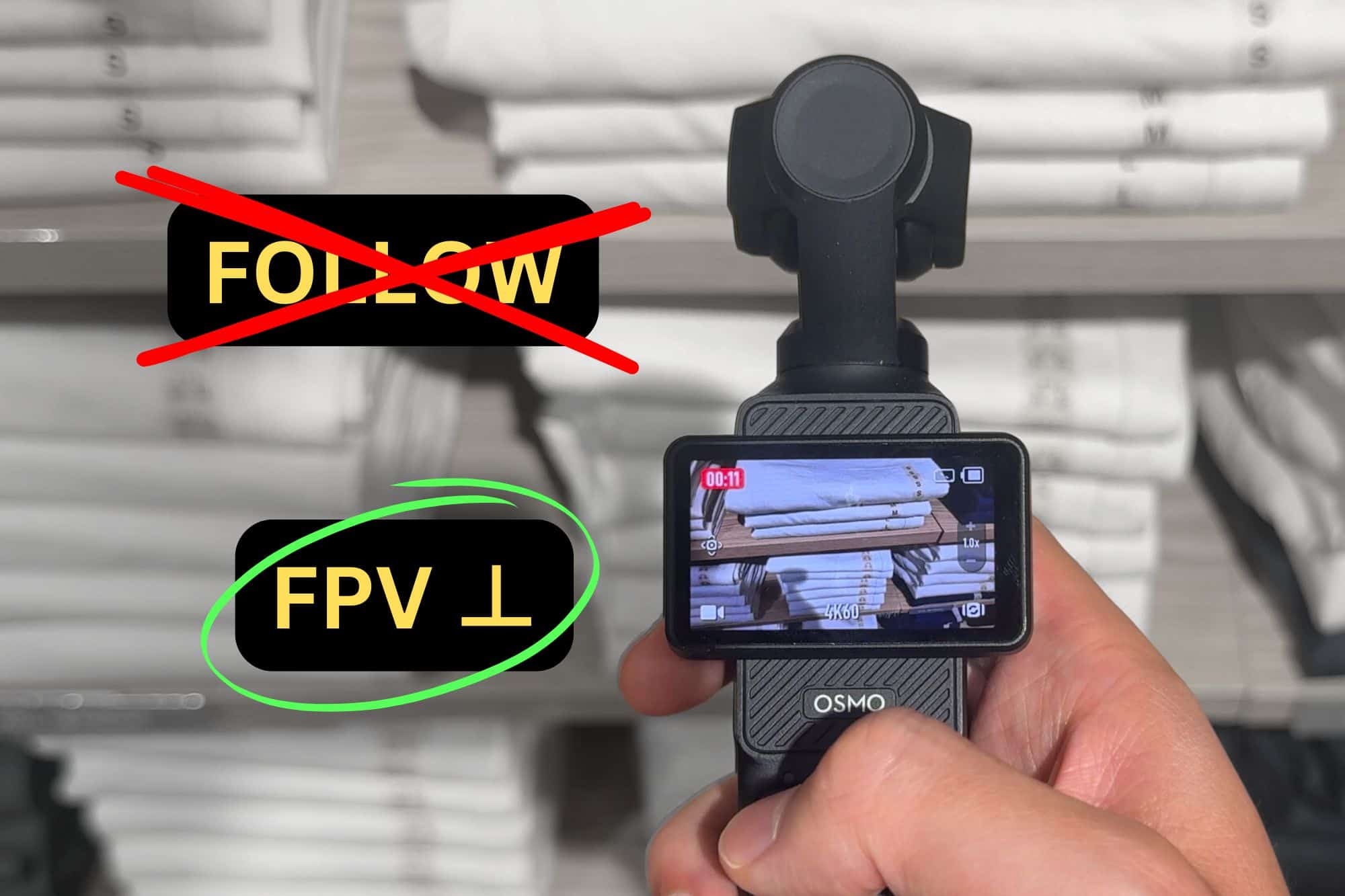Have you ever tried to film with your DJI Osmo Pocket 3, only to feel like you’re wrestling with the gimbal to get that perfect shot? You’re not alone. This frustration is especially common when filming up-close objects around you, where the default settings can feel a bit restrictive.
Despite DJI’s suggestion that the ‘Follow’ mode is suitable for most scenarios—including vlogs—some situations still feel awkward. For example, trying to capture a meal or things around your desk can feel especially awkward compared to using a normal camera.
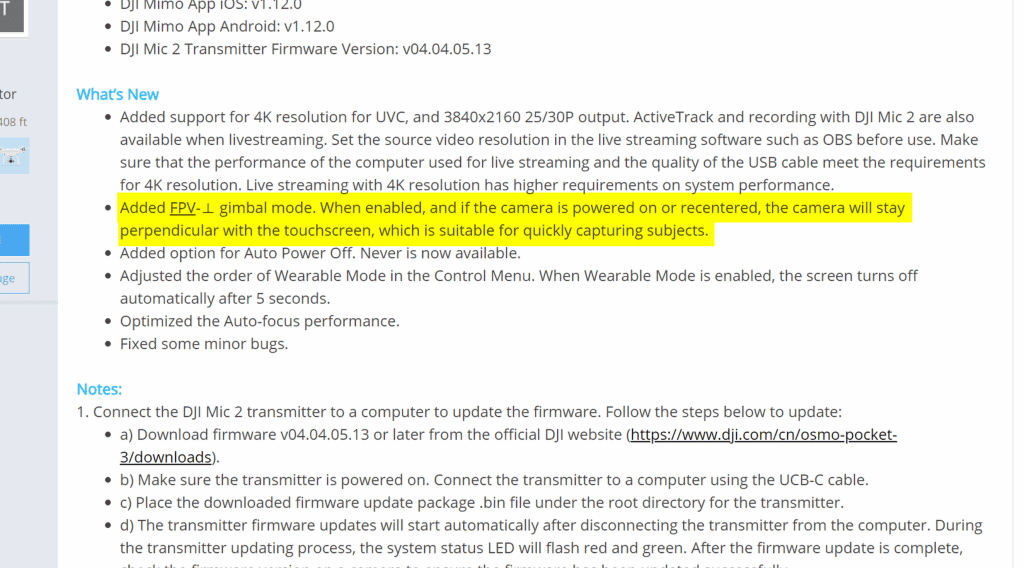
Thankfully, DJI introduced an important feature in the May 2024 firmware update: FPV ⊥ mode. In this post, I’ll break down how this under-the-radar feature can transform the way you film up-close shots, making the experience far more intuitive and enjoyable.
The Problem with Standard Follow Mode
Before diving into the benefits of FPV ⊥ mode, let’s understand the challenge of shooting up-close content.
In Follow mode, the Osmo Pocket 3’s gimbal positions the camera to face straight ahead every time you power on or reset the device. However, many of us instinctively hold the camera at around a 45-degree angle because it feels more comfortable. For capturing scenes in the distance, this angle works fine, but when you need a high-angle shot—say, for your lunch or items on a desk—you often find yourself making exaggerated wrist movements to aim the camera down.
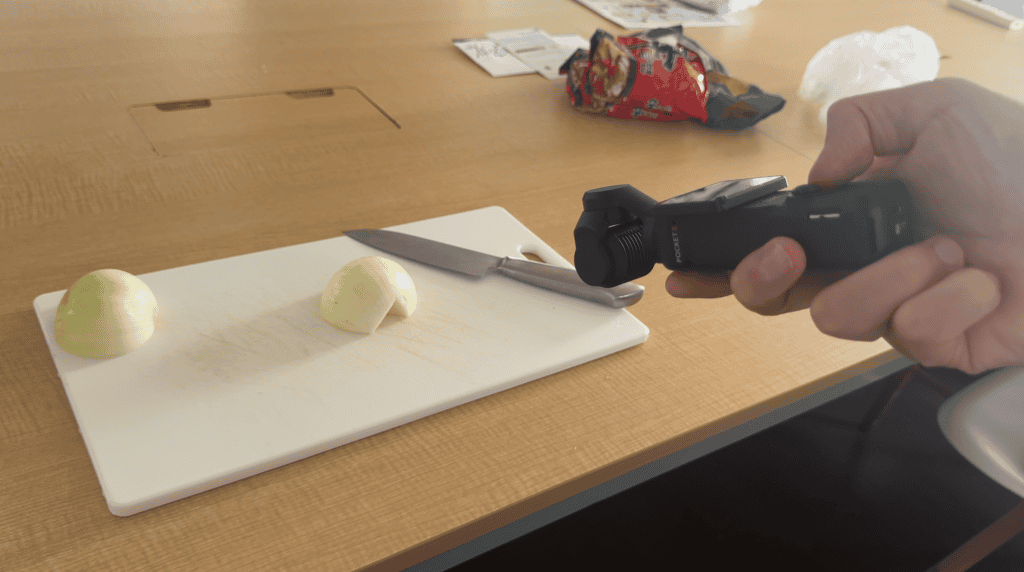
This awkward maneuver is impractical, leading many users (myself included) to rely on the joystick to adjust the camera angle. While this workaround does the trick, it can be finicky and frustrating. And every time you restart the camera or double-press the joystick to reset the gimbal, you’re back to square one, forced to adjust all over again.
Enter FPV ⊥ Mode
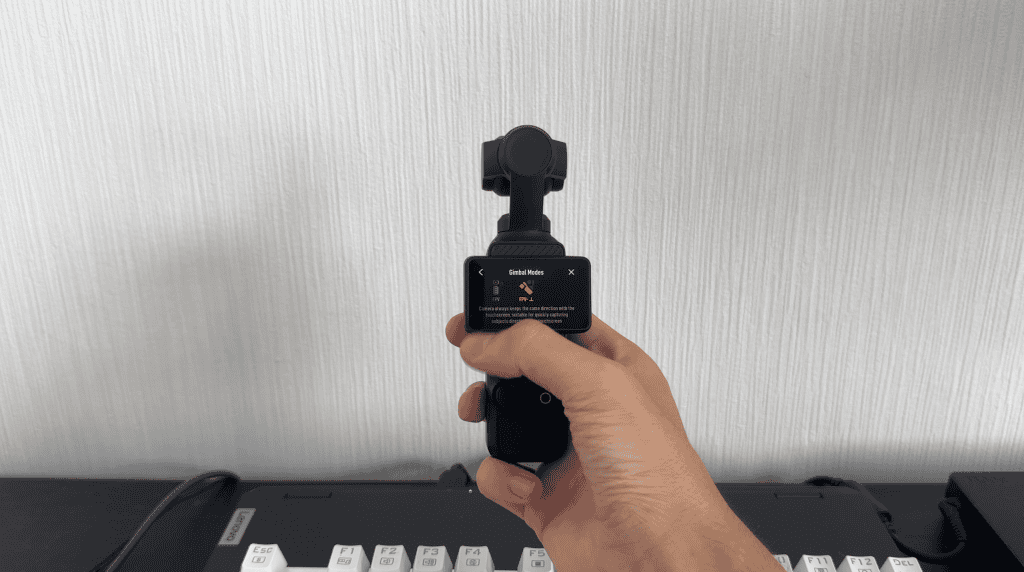
Here’s where FPV ⊥ mode comes to the rescue. This feature makes the Osmo Pocket 3 almost as intuitive as using a phone or mirrorless camera—just point and shoot. Activating FPV ⊥ mode is simple: swipe down from the screen, tap the gimbal mode settings, and scroll to the last option. In this mode, the camera stays at a right angle to the Osmo Pocket 3’s screen, maintaining this orientation even after a restart or gimbal recenter.
In practical terms, FPV ⊥ mode saves you the trouble of constant joystick adjustments and lets you transition between different objects with minimal effort. To illustrate, I tested switching between various items on my desk. The difference in effort compared to the Follow mode was immediately noticeable.
An Additional Advantage
You might think the main perk of FPV ⊥ mode is convenience, but there’s more to it. In Follow mode, the gimbal locks the roll axis, keeping the camera level at all times. While this is generally beneficial, it becomes a hindrance when filming steep downward angles, where horizon-leveling is not relevant.
Consider how your smartphone disables the horizon guide when you take top-down shots—it’s the same principle. On the Osmo Pocket 3, locking the roll axis in Follow mode often means exaggerated movements to overcome the unnecessary roll corrections the gimbal is making.
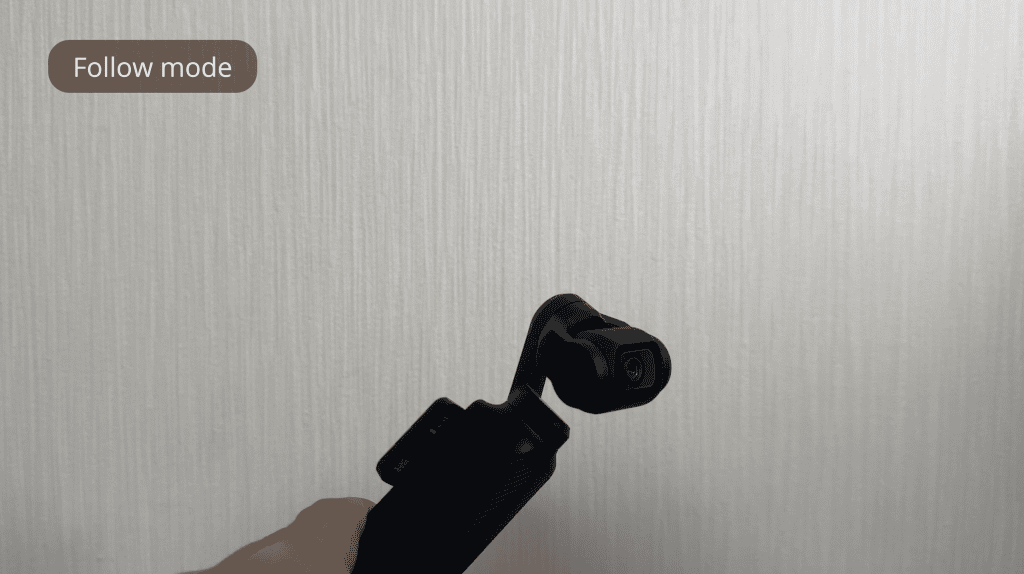
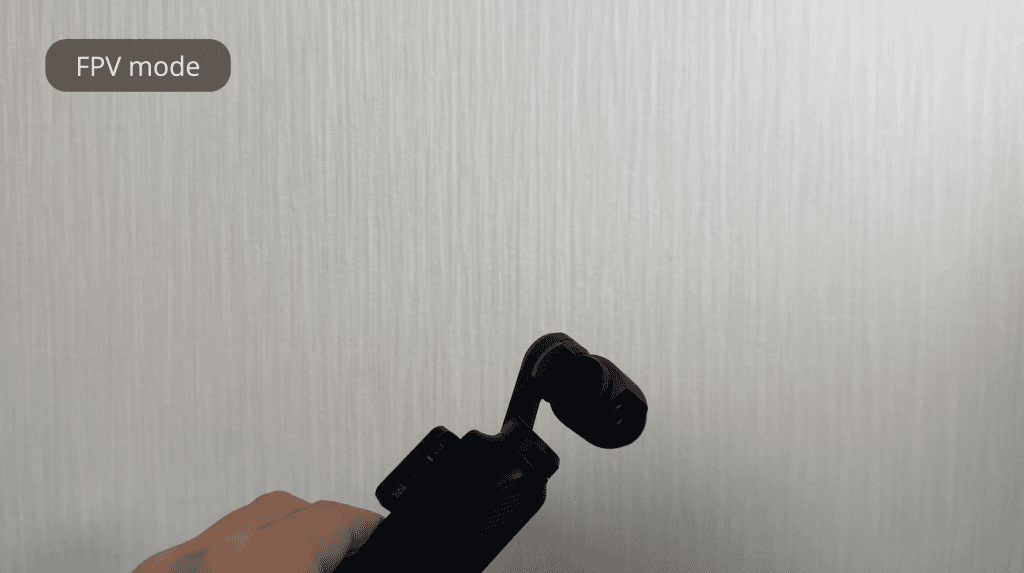
In contrast, FPV ⊥ mode unlocks the roll axis. The camera now behaves more naturally, making it easier to aim at lower angles with less arm movement. For top-down filming, the unlocked roll axis is a important, allowing smoother and more precise control.
Now, you might argue that mastering these gimbal movements is just part of the learning curve. That’s true to an extent. But if you’re aiming to get the shot right on the first try—or handing your camera to someone less familiar with it—FPV ⊥ mode offers a far more user-friendly experience.
How Does It Compare to Standard FPV Mode?
You may be wondering how FPV ⊥ mode differs from the standard FPV mode that’s always been available on the Osmo Pocket 3. Standard FPV mode is essentially Follow mode with the roll axis unlocked. However, it still defaults to pointing straight ahead on startup or after resetting, so the problem with aiming at things below persists.
The new FPV ⊥ mode, on the other hand, makes the camera act more like a phone, perfect for capturing subjects below or at odd angles. I find myself using the FPV ⊥ mode a lot. The normal FPV mode? Not so much.
That said, normal FPV mode still has its place for creative or immersive shots. While I personally don’t use it often, it can add flair to specific types of content.
Final Thoughts
FPV ⊥ mode is a fantastic addition that brings the Osmo Pocket 3 closer to the versatility of more traditional cameras. Whether you’re capturing your meal, products at a store, or top-down shots at your desk, this feature can make your life a whole lot easier. It’s intuitive, user-friendly, and could save you a lot of hassle, especially if you often pass your camera to friends or family who are even less familiar with gimbal cameras.
So, if you’ve been struggling with Follow mode, give FPV ⊥ a try!
